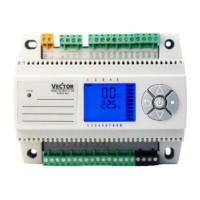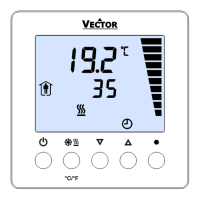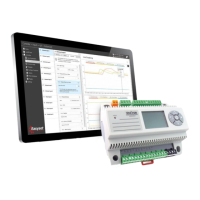VA Motion Controller Programming Manual
40
6 .2.2 IL statement
In the editing area of the instruction list language
IL
, the statements of the
IL
programming
language can be written line by line , each statement occupies one line, and the front ( non-editing
area ) of each line of the statement is a line number, and each line of the instruction is without a
semicolon. .
The format of the
IL
statement is as follows :
OperatioNSymbol / instruction
IL operator or instruction
Operators can
have 0, 1 or
more constant
variables, or
instruction
parameter tables
The IL statement distinguishes the parts in different colors : the operator / function is blue,
the operand is black, and the comment is green.
Instruction example : Take the ADD instruction as an example to further explain
Find the suMCode of IN and IN2 as follows :
LD IN ( *IN1 as ANY_ NUM* )
ADD IN2 ( *IN2 as ANY_NUM* )
ST OUT ( * result as ANY_ NUM* )
LD is an operator. The variable IN after LD is an operand. The function of LD is to load the
following operand IN into the accumulator . ADD is the addition instruction. After adding the
value, the result is loaded into the accumulator ; behind ST The variable OUT is also an operand,
which is used to assign the data in the accumulator to the subsequent operands ; the green font part
is a comment, prompting the user to declare a variable as an operand, and the data type
is AN Y_NUM . Table shows the user declares a variable as an operand, the data type of
ANY_NUM .
6 .2.3 of IL operator
IL programming language in addition to the instructioNSet of instructions is available, to IEC
61131-3 standards following 24 Species instruction as standard instructions.
Load the following operands
into the accumulator
Assign the data in the accumulator
